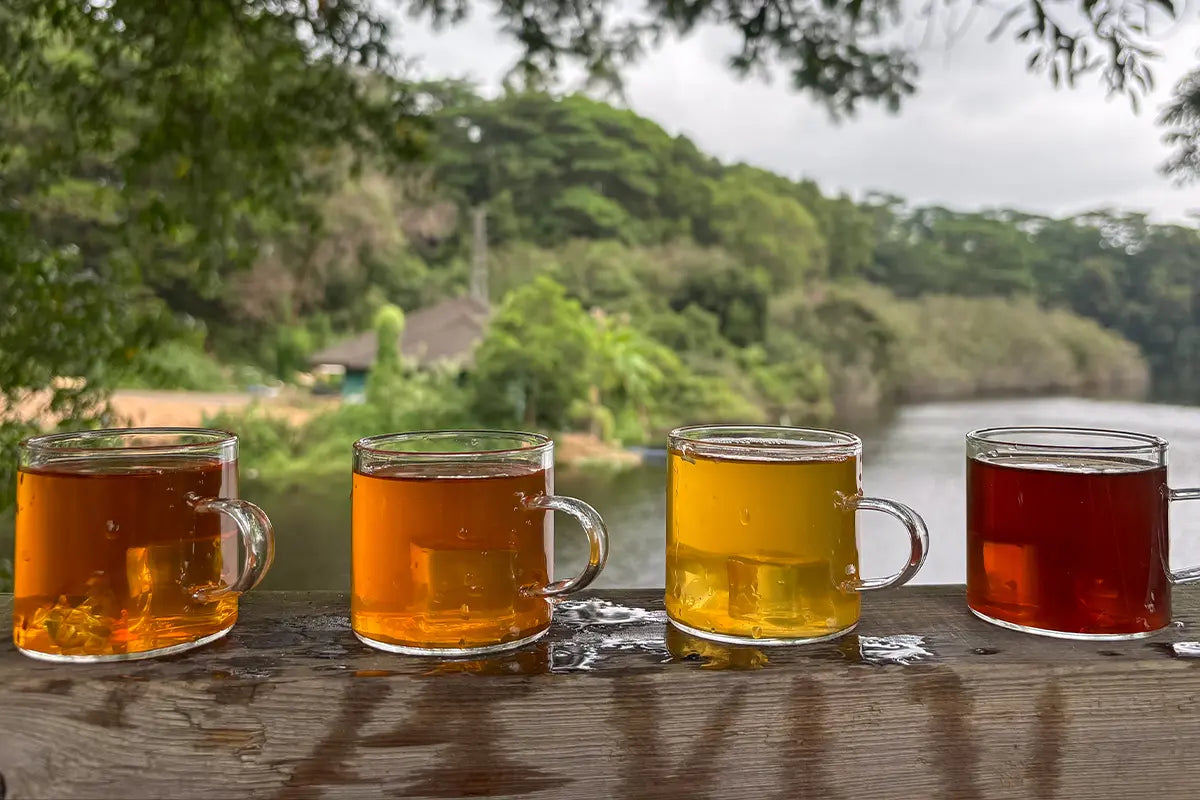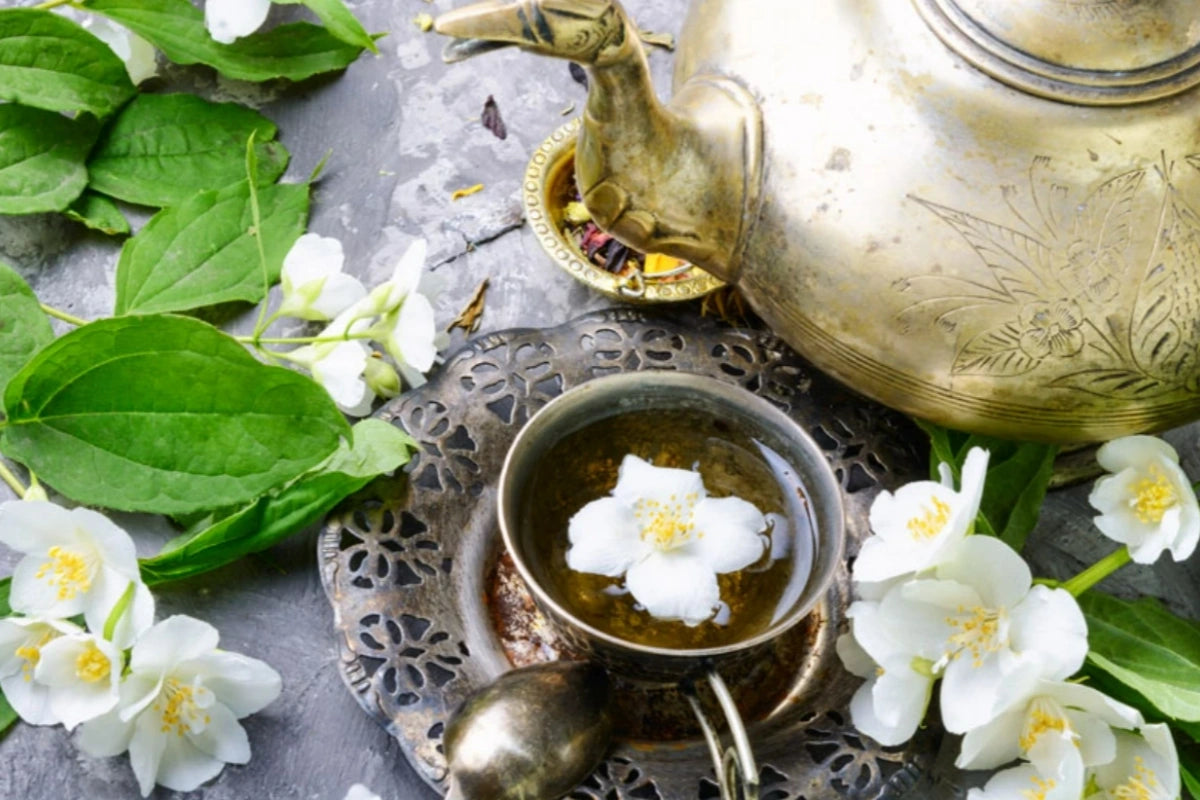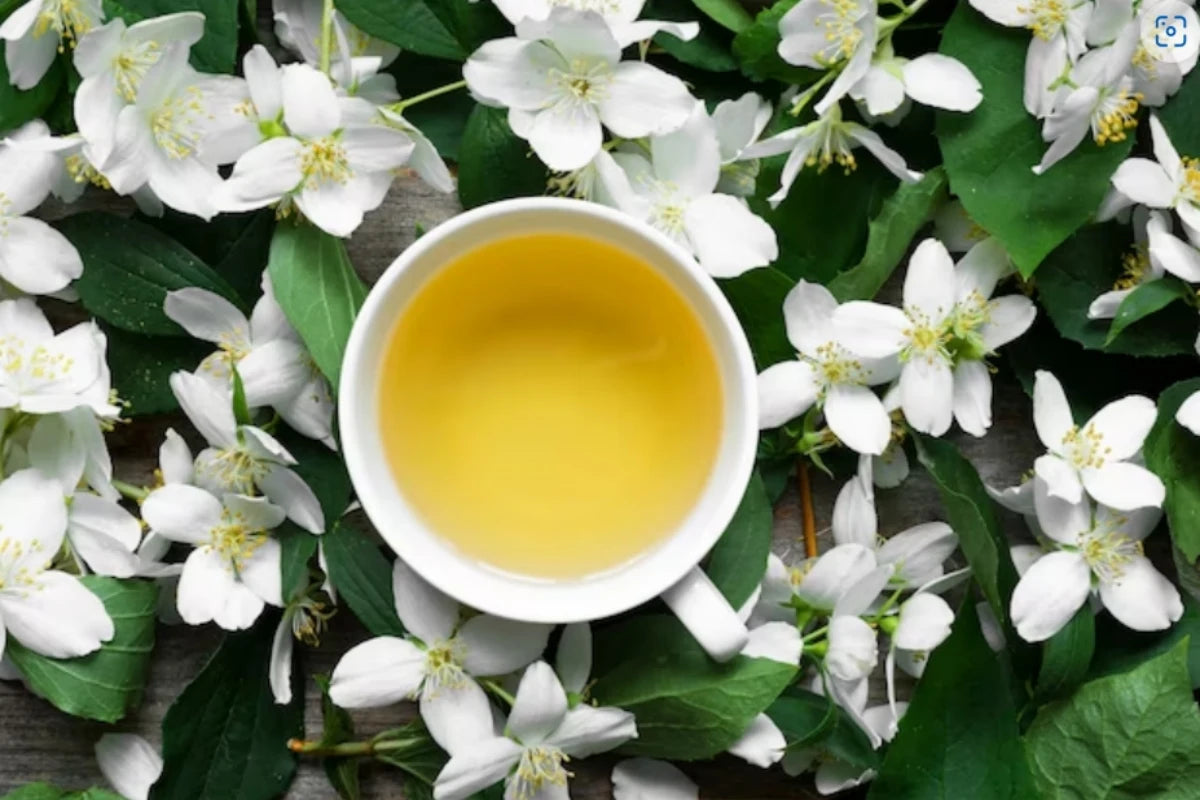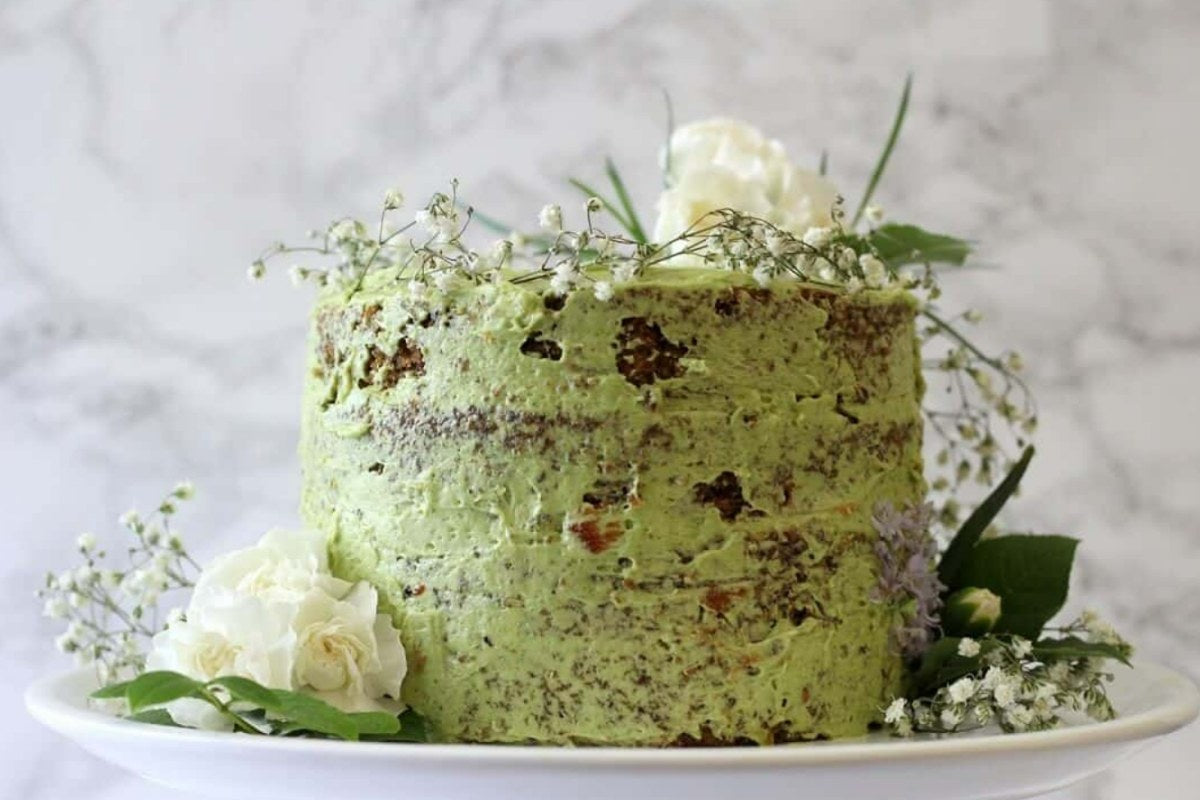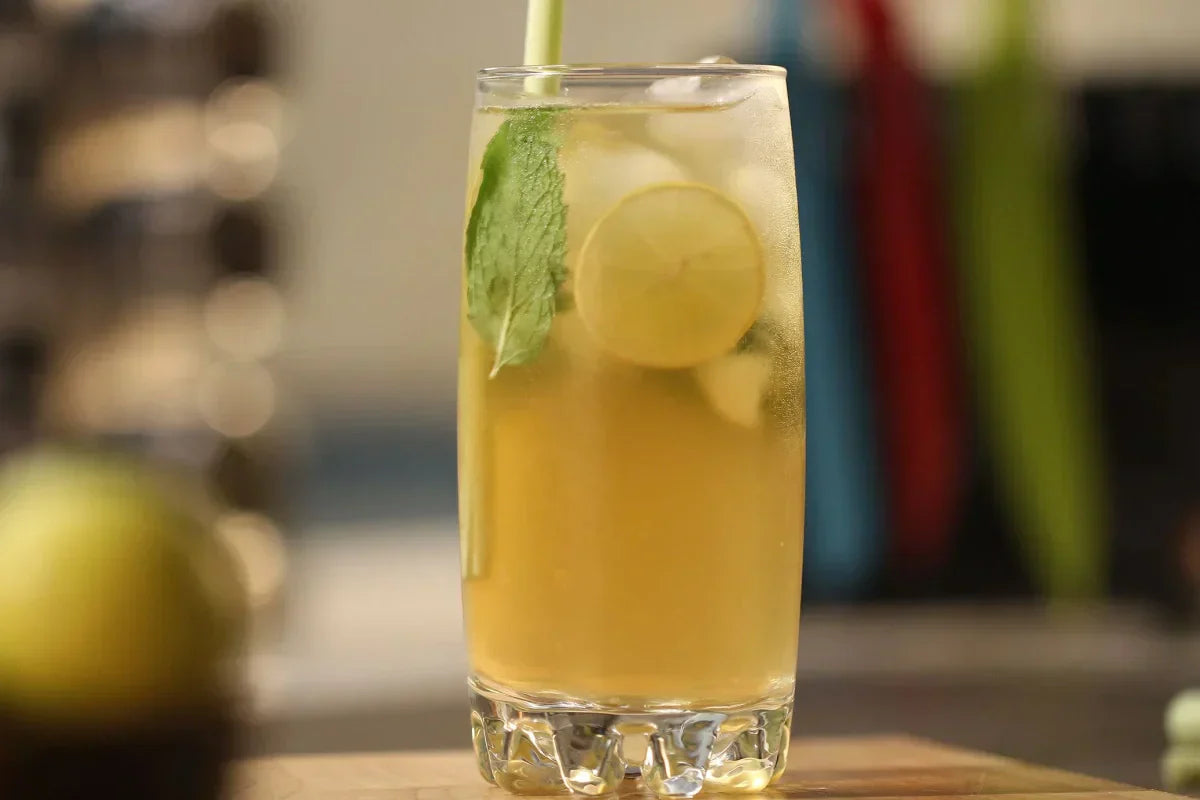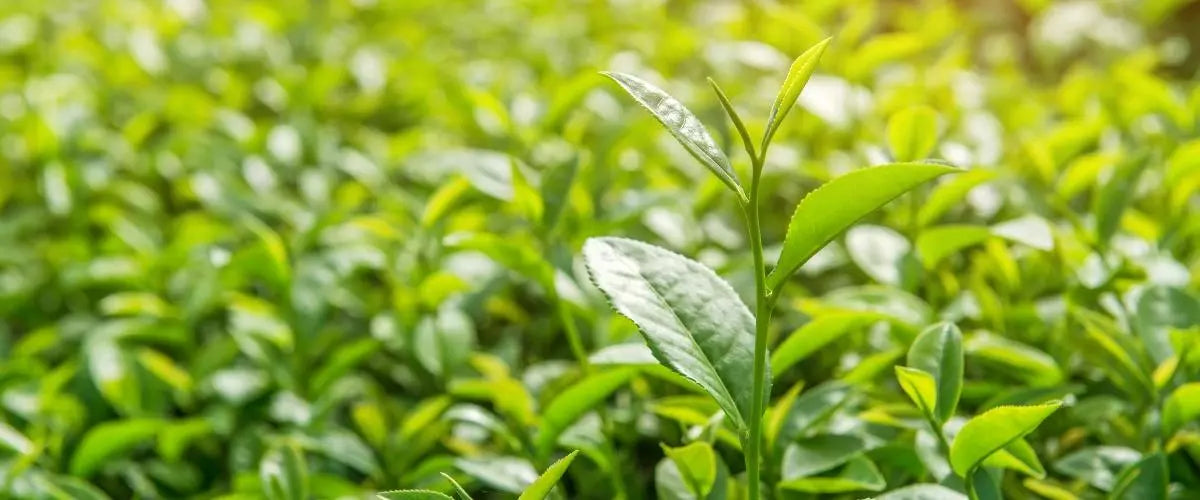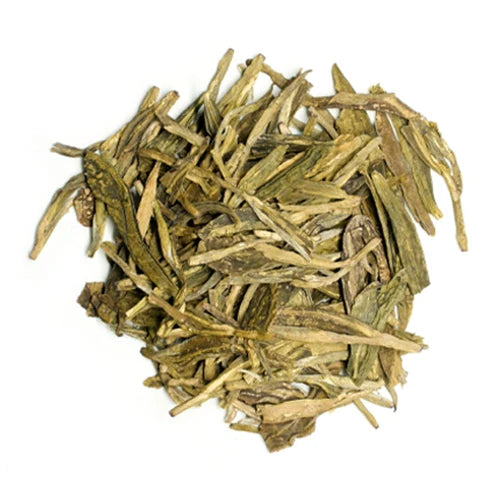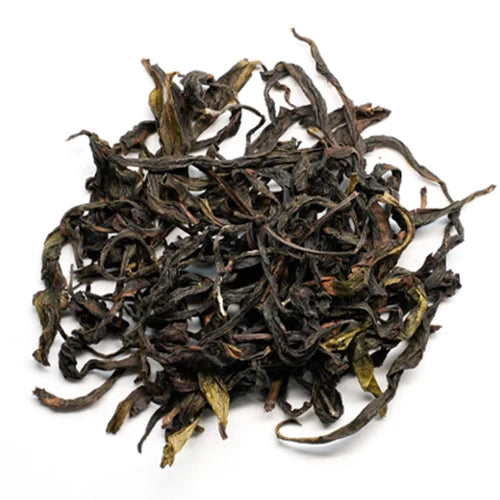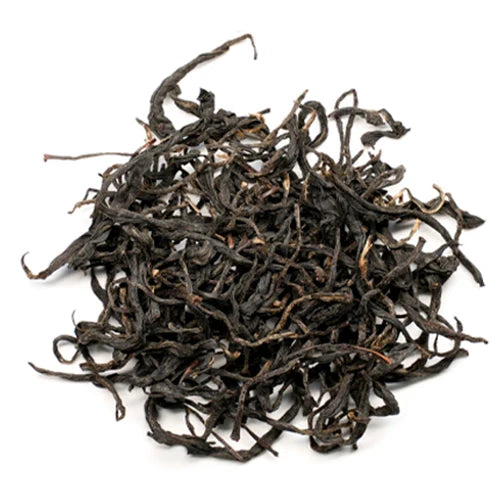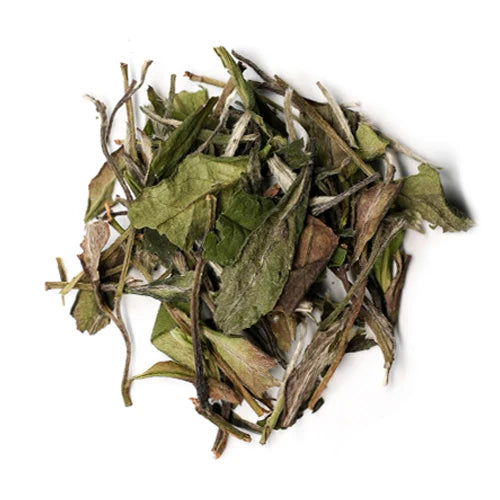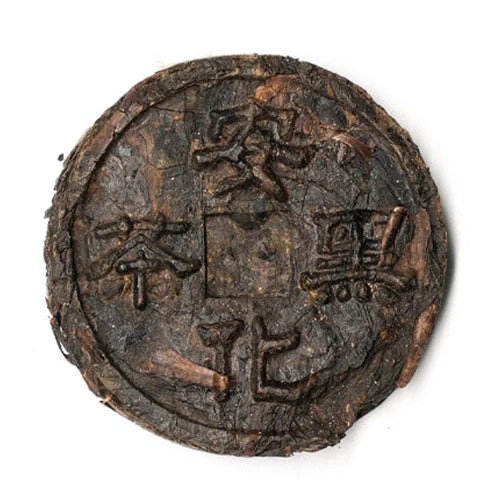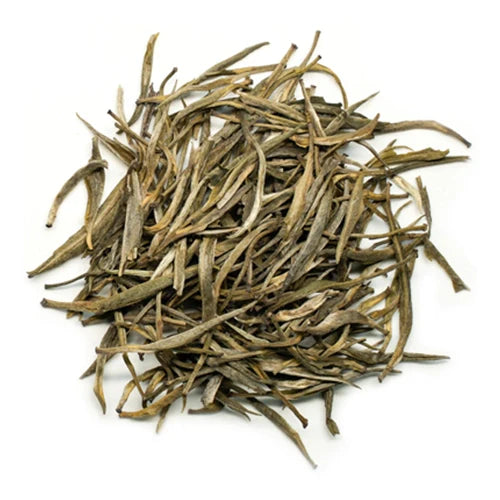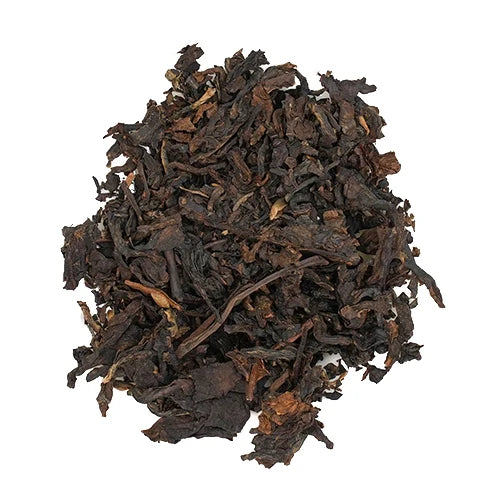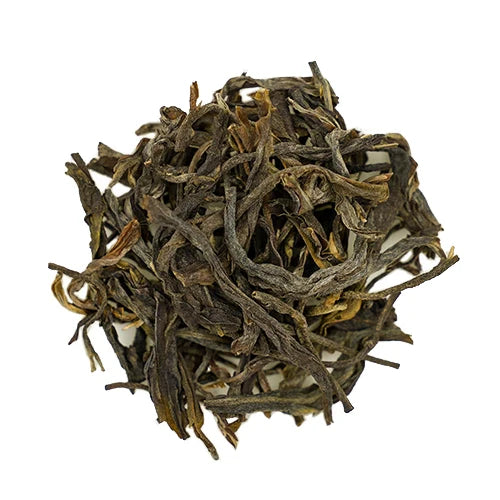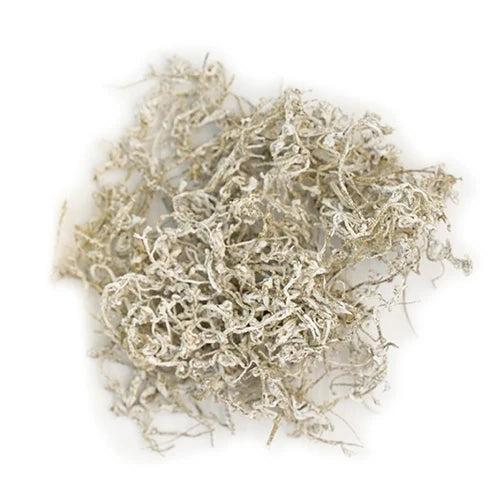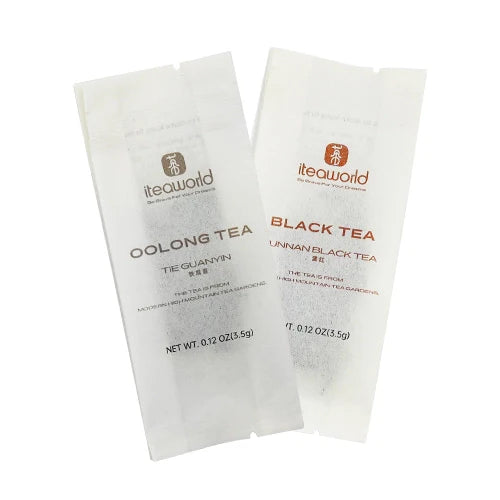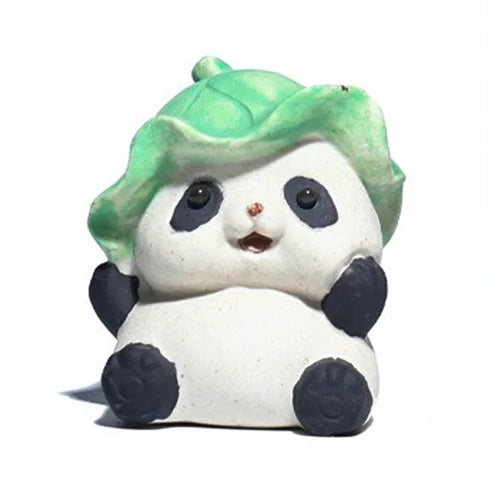There are many types of tea in China, with various classifications.
The most basic classification is based on different processing techniques, dividing Chinese loose leaf tea into six major categories: green tea, white tea, yellow tea, oolong tea, black tea, and dark tea. Faced with the diverse types of Chinese tea, it is recommended to sample them in the form of loose leaf tea sampler to economically and conveniently discover the best loose leaf tea that suits you.
In addition to this, there are also Chinese flower teas. Chinese flower tea refers to teas made by using dry tea leaves to absorb the fragrance of fresh flowers. Finished flower teas usually do not contain actual flowers but retain the charming aroma of fresh flowers.
How to Choose Different Types of Tea?
How to Choose Green Tea:
When selecting loose leaf green tea, pay attention to the appearance. Check if the dry tea leaves are evenly shaped, if the raw materials are tender, and if the leaves are tightly rolled. Green tea is prized for its freshness and tenderness, so new tea with visible white hairs is preferred.
When tasting green tea, the tea liquor should be fresh, refreshing, with a lingering sweetness. If the tea liquor is slightly astringent at first but leaves a refreshing aftertaste, it indicates a high-quality green tea.
Find more loose leaf green tea with our Green Tea Sampler.>>>
How to Choose White Tea:
For loose leaf white tea, it is preferred to select those with abundant and plump buds and tender leaves. If you see white tea with small, sparse buds and unevenly aged leaves when selecting loose leaf white tea, it is best not to purchase it.
When tasting white tea, the tea liquor should be fresh, mellow, and sweet. If the tea liquor of a particular white tea tastes rough, thin, and lacking in flavor, then the quality of this white tea is not very good.
How to Choose Black Tea:
There is a distinction between large leaf and small leaf varieties of loose leaf black tea, and the appearance of these two types differs. When selecting loose leaf black tea, for large leaf varieties, it is preferable to choose those with plump and tightly rolled leaves; for small leaf varieties, it is preferable to choose those with slender and tightly rolled leaves.
The taste of loose leaf black tea should be sweet, mellow, and refreshing.
Find more loose leaf black tea with our Black Tea Sampler.>>>
How to Choose Yellow Tea:
Among the six major types of tea, loose leaf yellow tea is relatively less common. When selecting loose leaf yellow tea, it is preferable for the dry leaves to be straight and uniformly shaped, with visible fuzz.
Good quality loose leaf yellow tea should have a mellow and lingering sweet aftertaste.
How to Choose Oolong Tea:
When selecting loose leaf oolong tea, if the dry leaves are in strip form, it is preferable for them to be tightly rolled; if the dry leaves are in granular form, it is preferable for them to be tightly curled.
The taste of loose leaf oolong tea should be rich and mellow, with a lingering sweetness and a pleasant aftertaste that lingers on the palate.
Find more loose leaf oolong tea with our Oolong Tea Sampler.>>>
How to Choose Dark Tea:
In terms of appearance, high-quality dark tea cakes should have intact surfaces, clear textures, and distinct edges, without any cracks when viewed from the side. Loose dark tea should have evenly shaped leaves and a certain amount of stems.
The taste of dark tea is best when it's rich and mellow with a lingering sweet aftertaste. If drinking a particular dark tea leaves one's throat feeling dry or uncomfortable, then the quality of that dark tea is not very good.
How to Choose Flower Tea:
High-quality Chinese flower tea should have a uniform appearance without any admixture of broken tea leaves.
When brewed, good flower tea should have a mellow and sweet taste, with a faint floral aroma lingering on the palate for a long time.
Find more loose leaf jasmine tea with our Chinese Jasmine Tea Sampler.>>>
Suitable Groups for Different Types of Tea
Different types of loose leaf teas have varying effects. Understanding these aspects can help you discover teas that are more suitable for yourself and assist you in selecting appropriate tea gift sets for your family and friends.
Green TeaLoose leaf green tea contains relatively high levels of tea polyphenols, which have excellent anti-radiation effects.
Suitable groups for loose leaf green tea: Those who work frequently in front of computers, individuals with hypertension, hyperlipidemia, arteriosclerosis, diabetes, and those who consume greasy foods regularly.
White TeaLoose leaf white tea contains essential enzymes for the body, which promote fat metabolism, balance blood sugar, and improve cognitive function and eyesight.
Suitable groups for loose leaf white tea: Individuals with hypertension, hyperlipidemia, arteriosclerosis, and children.
Yellow TeaDuring the production process, loose leaf yellow tea generates a large amount of digestive enzymes, which are beneficial for the spleen and stomach.
Suitable demographics for loose leaf yellow tea: Individuals with digestive problems, loss of appetite, and sedentary obese individuals.
Oolong TeaLoose leaf oolong tea has beneficial effects on reducing blood lipids, lowering cholesterol, and aiding digestion.
Suitable groups for loose leaf oolong tea: Individuals who are overweight.
Black TeaLoose leaf black tea has a mild nature, can protect the gastric mucosa, and also has a vasodilatory effect. The caffeine and aromatic substances in it are conducive to diuresis.
Suitable groups for loose leaf black tea: Individuals with urinary tract obstruction, gastric discomfort, and heart disease.
Dark TeaLoose leaf dark tea can reduce fat and blood pressure, and eliminate greasiness. The "Fusarium solani var. tricinctum fermentation liquid" contained in loose leaf dark tea can promote the hydrolysis of amylase, protease, and pancreatic protease, improving the intestinal function of the human body.
Suitable groups for loose leaf dark tea: Individuals who are overweight, have hypertension, hyperlipidemia, and poor digestion.
Flower TeaLoose leaf flower tea can help to soothe the liver, moisten the lungs, and protect the internal organs. It has a good relieving effect on symptoms caused by insufficient qi and blood.
Suitable groups for loose leaf flower tea: Individuals with insufficient qi and blood and hormonal imbalances.
In the process of selecting Chinese tea, we have delved into the rich content of Chinese tea culture. From the types of tea to their health benefits, we have together experienced the endless charm brought by Chinese tea.
In our busy lives, it's worth taking a pause, brewing a pot of tea, and savoring the warmth and tranquility within. Choosing your favorite Chinese tea is choosing to care for your inner self and embracing a love for life.





